The Downfall of the Mighty Lydian King Candaules in Art
Suppose you are not satisfied with any of the historical or fantasy dramas out there lately where all kinds of slander, deception, and politicking...
Erol Degirmenci 2 March 2023
3 December 2020 min Read
We review the novel Unto This Last by Rebecca Lipkin and investigate the myth behind the great John Ruskin.
Which Ruskin camp do you fall into? Are you fascinated yet repelled by his private life? Or do you hail him as the champion of J M W Turner, patron of the Pre-Raphaelites and one of the most important writers of the 19th century? Our question today is, can you be in all of those camps at the same time?
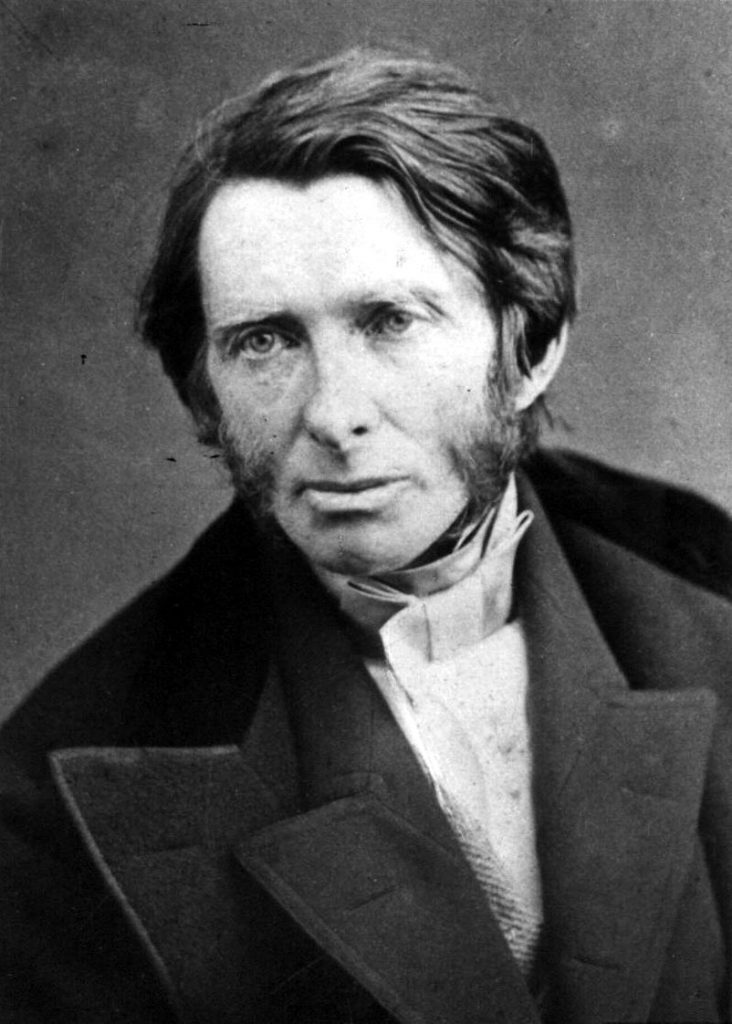
There is no doubting that John Ruskin’s brilliant aesthetic mind and critique of laissez-faire capitalism assures him a place in the annals of history. He was a man for whom everything connected – art, politics, poetry, prose, geology, science, and philosophy.
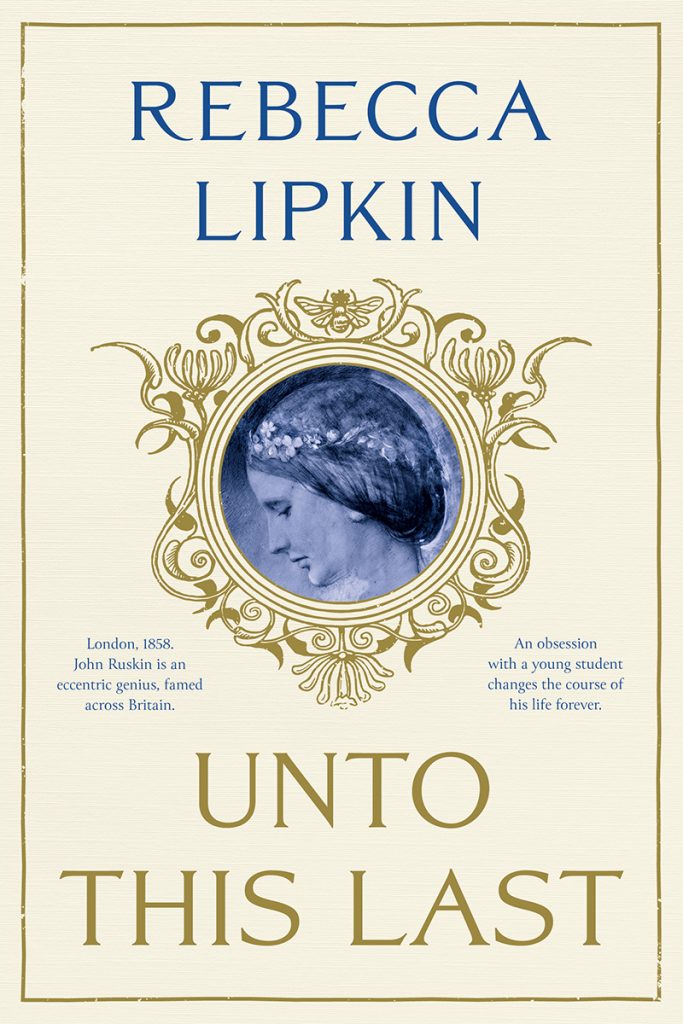
Unto This Last is a huge (almost 700 pages) first novel by Rebecca Lipkin. She has certainly dug deep into the life and times of one of the most important minds of the Western world. Her research and her attention to detail are exquisite. Writing in the style of a 19th century novelist, she is able to use the freedom of creative writing to flesh out the bones of the story of John Ruskin and his obsession with Rose La Touche.

“I always felt that the novel should be written in the style of the period in which it is set, and as I have used many extracts from Ruskin and Rose’s own letters and poems, among other original sources, it seemed right that the narrative voice was also of its time, albeit somewhat modernised for a contemporary audience. I tried to remain neutral throughout, as I wanted the reader to come to their own conclusions about the characters and their actions.”
Rebecca Lipkin, interview. The Writing Desk/Tony Riches.
Clearly written with a deep respect for her subjects, this story nevertheless raises serious questions about how we view problematic behaviour in those we admire. The book is lavish and engaging, and it is obviously a labour of love for Rebecca Lipkin, who was the youngest ever member of the Ruskin Society. But therein lies the problem – this novel is written with the partisan views that only a Ruskin devotee would bring.
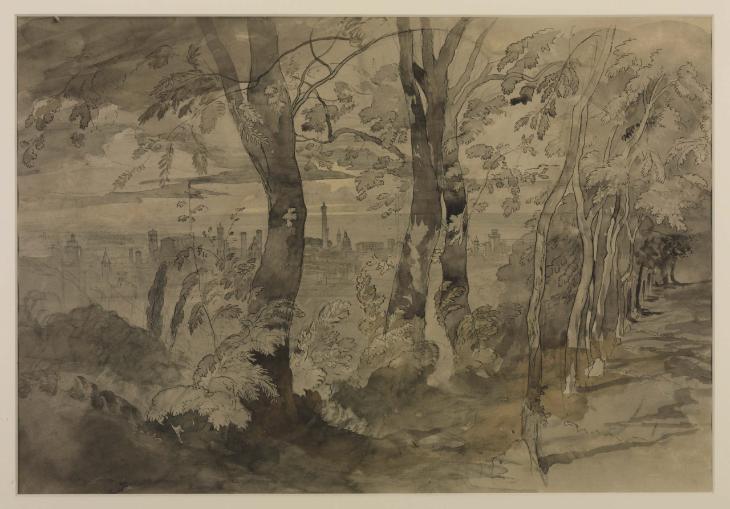
Even when describing Ruskin’s more outrageous or scandalous activities, Lipkin offers him a gentleness and generosity he perhaps does not deserve. Those who cross him, or dare to even disagree with him, get short shrift from the loving Lipkin pen. And this is a problem. Because while we can admire the man’s work, most people find his private life reprehensible.
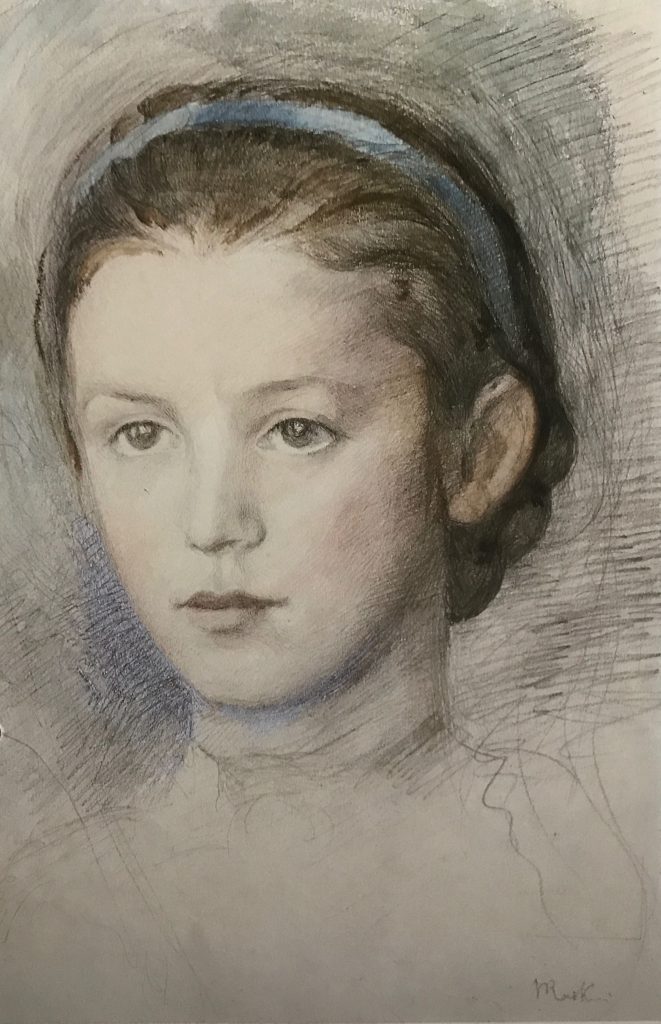
The novel concentrates on the years covering the relationship between Rose La Touche, young daughter of Irish landed gentry, and John Ruskin, who is engaged as her tutor. She is nine and he is 39. We follow the two through Ruskin’s obsessive pursuit of the young girl, a story which stretches over 17 years.

Very little has been written about Rose La Touche. However, John Ruskin’s ill-fated earlier marriage to Effie Grey is covered in great detail in essays, biographies, novels and films. Lipkin refutes the popular portrayal of Ruskin becoming entranced by the young Effie but later being repulsed by her ‘womanly’ body (complete with pubic hair and menstrual blood) when they marry. However Lipkin does report John Ruskin stating that sex ‘spoils’ a woman and that procreation is ‘bestial’.
Don’t forget, French artist Gustave Courbet‘s 1866 painting, The Origin of the World, provokes outrage even to this day because it portrays a woman’s vagina in its full realistic glory. The Effie Gray story ends in a notorious divorce case which labelled Ruskin as impotent. Effie Gray is usually portrayed as the innocent mind broken by a cruel man, but Lipkin is keen to denounce Effie Grey as a gold-digger and a manipulator.
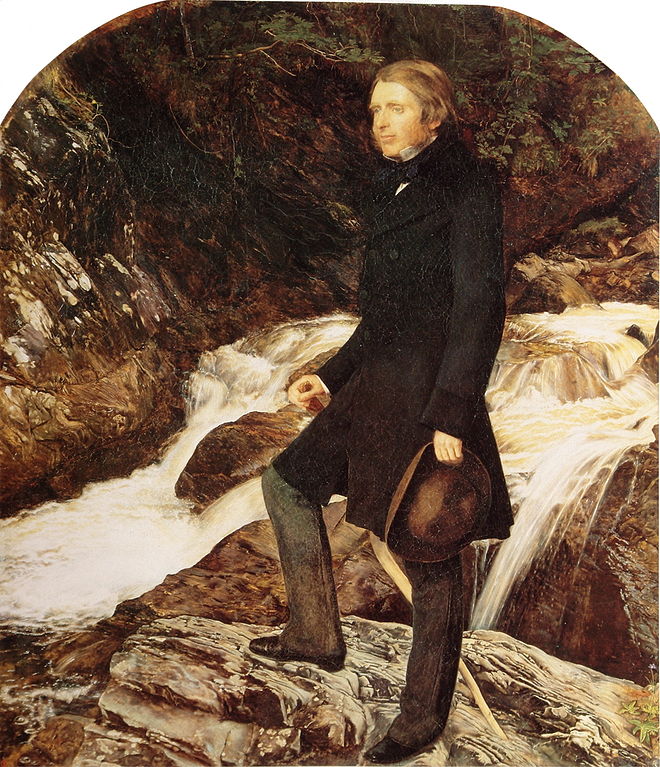
John Ruskin met Rose La Touche in 1858. He was 30 years her senior. He describes her as coquettish, flirtatious and saucy. Imagine yourself at 9, being bombarded with obsessive attention by a famous man who was chosen to ‘educate’ you. Would that feel like love to your child self? Perhaps. You might be flattered, proud to hold the unwavering gaze of one of the most important men in the land. The friendship becomes complicated and mental torture ensues. A perfect description of child grooming – tragic and incredibly sad.
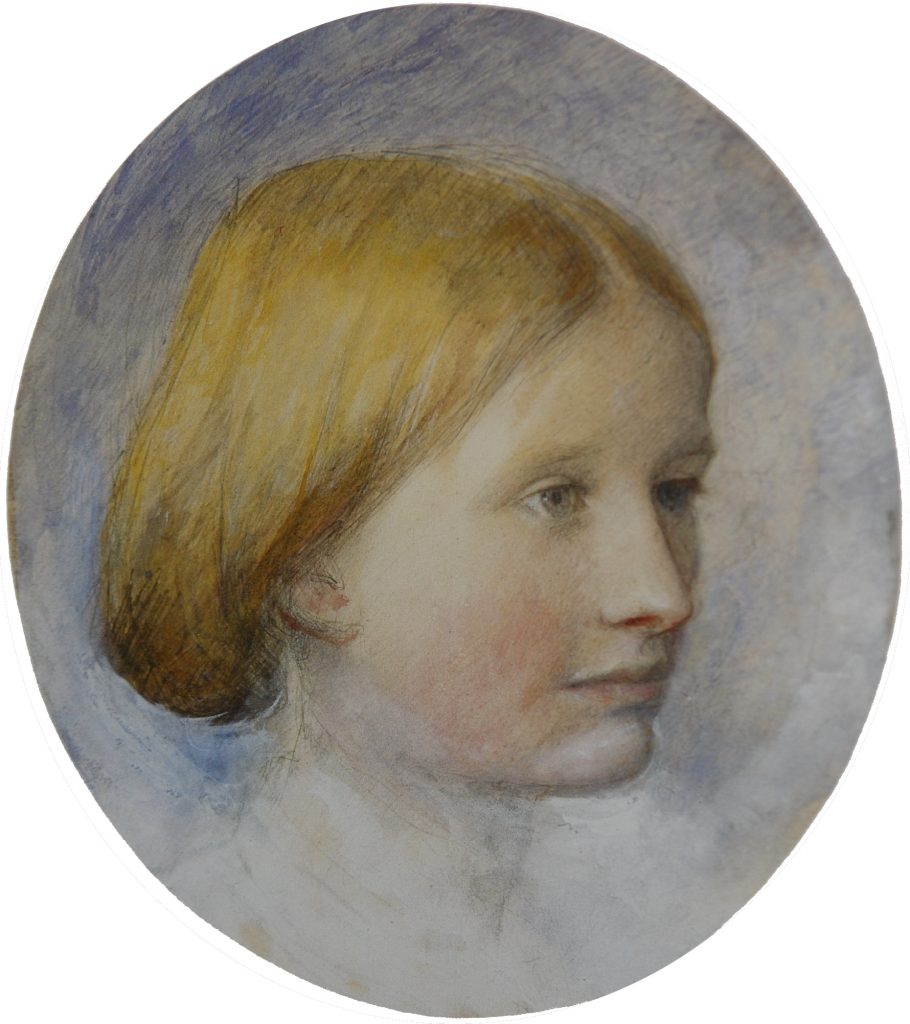
So in the face of this textbook evidence of child abuse, how is the novel promoted by publishers and bookstores as a ‘love story’? Even calling this complicated and quite gruelling relationship a ‘friendship’ gives it an openness and equality it often does not possess. Praise has been heaped upon the novel, but shouldn’t we feel uncomfortable with the idea of love being defined as an old man grooming young girls to be (as Ruskin himself calls them) ‘pets’?
Letters Ruskin sent to girls throughout his life are revealing in his use of baby-talk and pet names. We hold our hands up to a bit of pop-psychology guesswork here, but is the hand holding that pen, writing infantilised notes to little girls, the young John Ruskin, forever frozen in a state of arrested development, looking for the young friend he never had? Children not sexually active, emotionally and physically immature, who can populate his fantasy of a carefree, innocent friendship? Is Ruskin a man-child, so starved of fun that he pursues it in the face of reason, sense and morality?
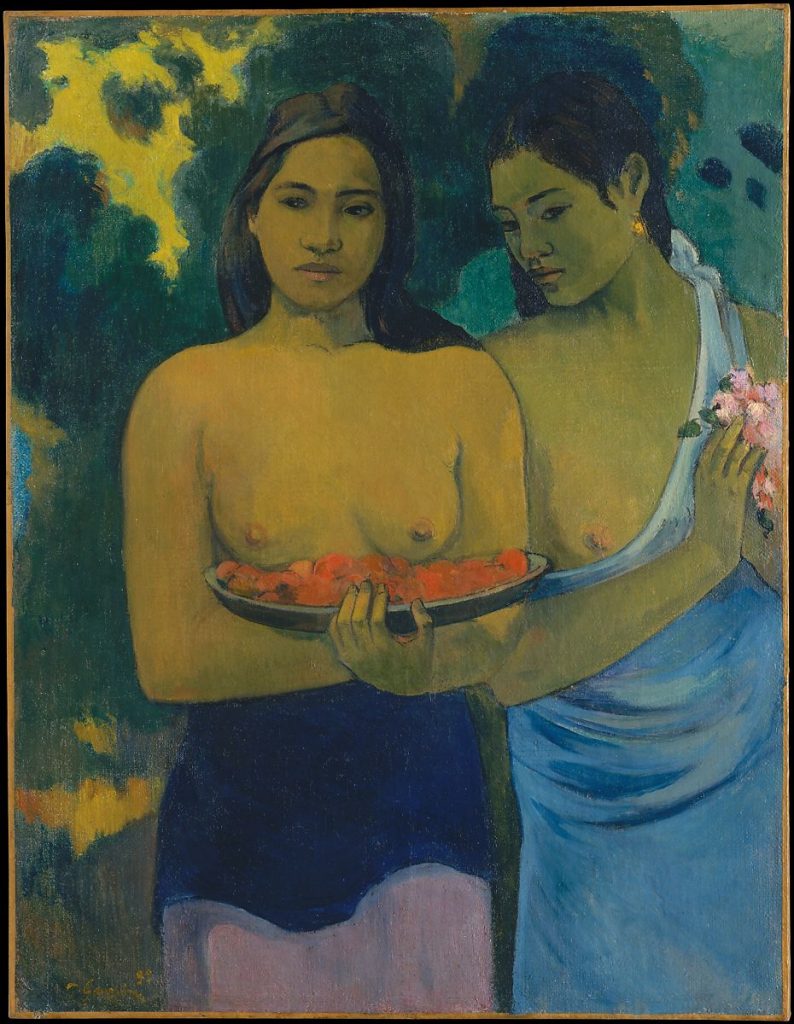
Let’s be honest, in the art world, we have to re-examine and call out unacceptable behaviour again and again. Paul Gauguin procured three child brides in Tahiti, Picasso said there were only two kinds of women – doormats and goddesses. Egon Schiele somehow evaded criminal charges for kidnap and rape.
As art writers we know the minefield we carefully tread when we investigate troubled genius. We must do the complicated algorithm of working out what the man (sigh, it’s usually a man) offers the world as an artist, writer or poet, whilst refusing to condone abusive behaviour as a natural consequence of the great mind. We can and must separate the rampant ego from the gilded legacy.
Unto This Last is not, and can never be, a love story. Rose is a victim, not of sexual abuse, but of abuse nevertheless. Ruskin is in a position of power, and he wields that so selfishly and clumsily that he (along with her parents) destroys Rose La Touche completely. When she is 18 he begs her to marry him. Torn between the needs of Ruskin, her parents and her God, she turns him down. Then tortured by indecision, she asks him to wait three years for a decision. Unable to either accept or reject Ruskin, she falls into a deep decline, dying at just 27 years old in 1875.
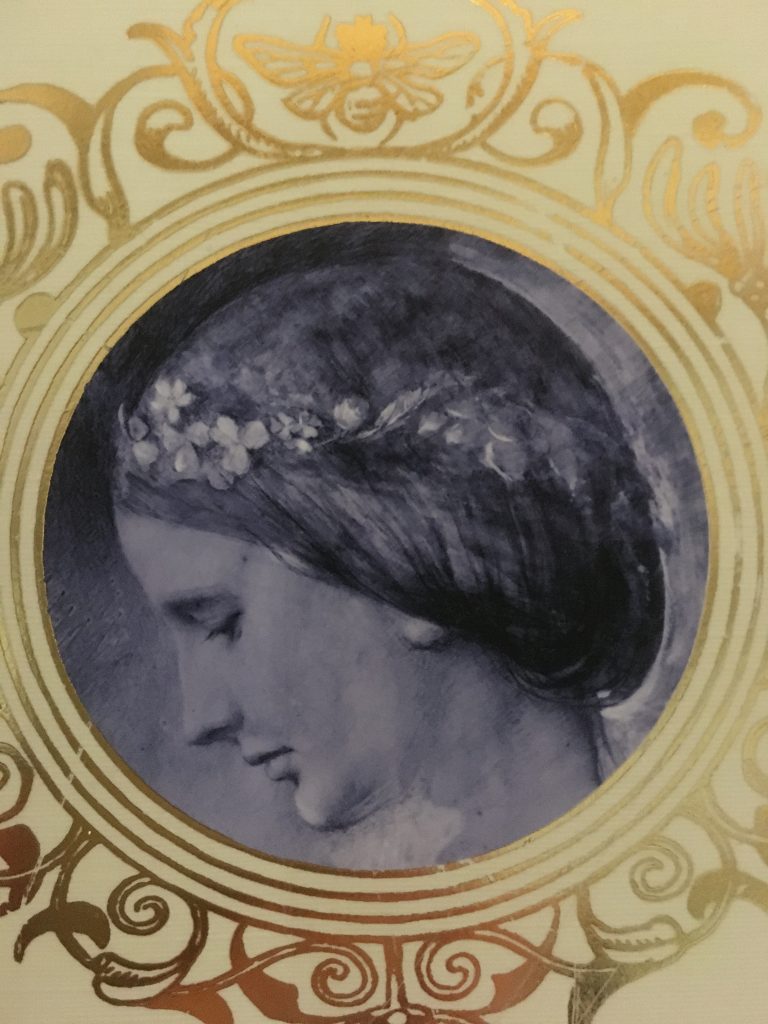
Poor, pale, pure, pious Rose. Whose urge to purge and starve herself is described in terms of ethereal beauty. Whose fervent desire to follow the word of God turns her into an Evangelical sacrifice. Emaciated and tortured, Rose dies alone and broken, banished to a nursing home in Dublin by her parents, and Ruskin gets his wish to keep his Rose ever the untouchable child-Madonna.
Rose is very much a Victorian ideal in the novel. Visiting the poor sick peasants with her basket of blackberries, playing with her beloved dog, tumbling on the lush lawn of her grand home. Her gruesome trials just seem to make her more angelic, more appealing. We never really know how she felt, or what she wanted. When she shows independent thoughts or desires, she is brutally treated by her parents or sneered at by Ruskin. Interestingly, during her years of undiagnosed illnesses she was able to specify exactly when and how she would recover. I would have loved to see more of the interior world of Rose La Touche, and rather less of John Ruskin!
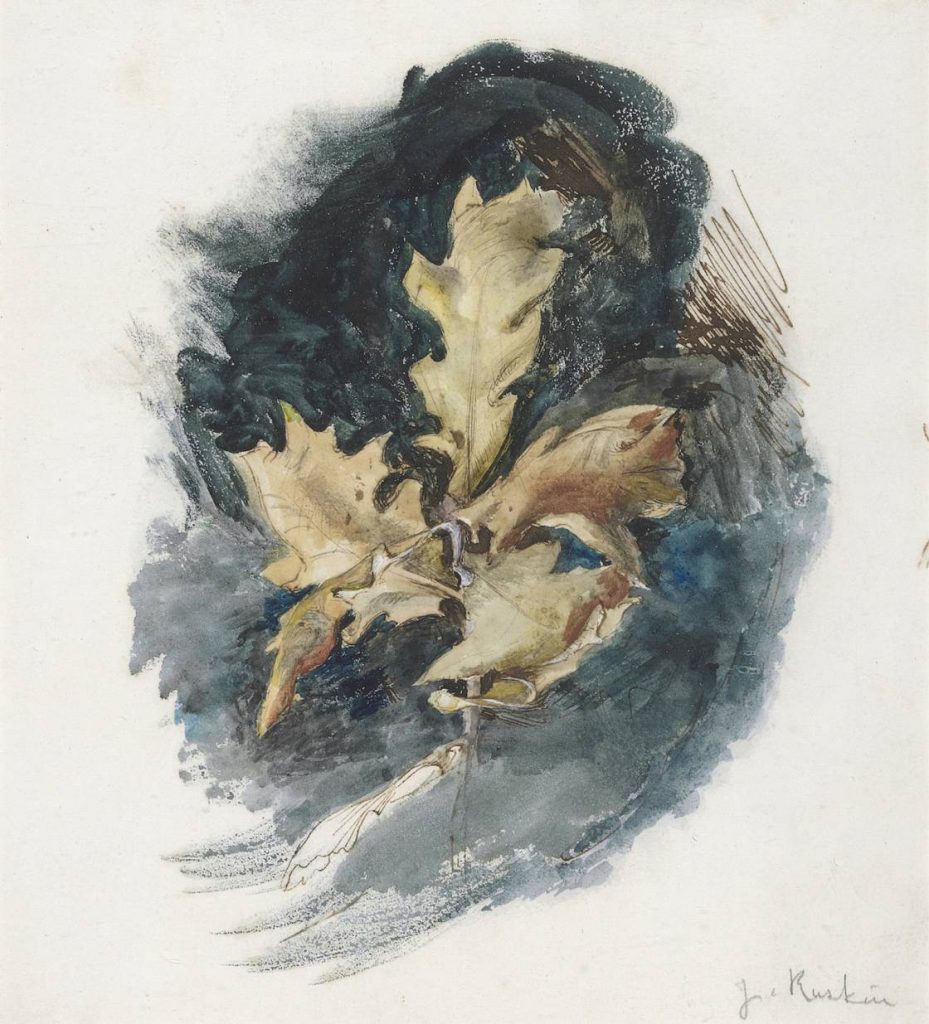
And before anyone points out that children were not exactly treated well by anyone in Victorian England, I hasten to agree. In any society, the people in power set the parameters of acceptable behaviour. Wealthy Victorians may have tried to persuade the world that slavery, child labour, the suppression of homosexuality and empire-building were both necessary and right. But socialists and campaigners challenged that at every opportunity.
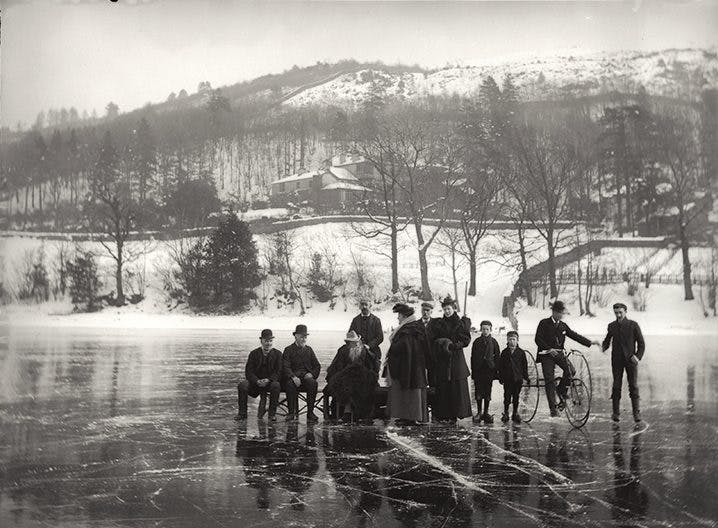
And while we’re at it, let us deal with the old chestnut of ‘it was different back then’. Nope, it really wasn’t. Ruskin’s obsession with young girls was considered strange and repulsive by many around him. Some ignored it, some tried to dissuade him, some tried to cover it up. Historicists claim that it is unfair to judge historical figures by today’s standards. They accuse detractors of something called ‘presentism’ – the imposition of the values and beliefs of the modern reader onto a past era. My response to this is something Ruskin himself might have said: Poppycock!
The accusation of presentism is being thrown around a lot at the moment – especially when discussing racism and the Black Lives Matter movement. Do not be fooled! These voices who claim ‘the world was different back then’ function to selectively preserve the dominant status quo, to legitimise narrow views of the past, and to marginalise the lives of women and minorities. When someone (usually a white patriarch) says it is unfair to judge a 19th century figure as predatory, or sexist or misogynist they are in fact revealing that they neither believe in nor care about women’s thoughts and women’s lived experiences back then. Past generations did not live in a state of moral ignorance. We compound the problem when we claim innocence for abusive perpetrators, or try to rehabilitate them through an overly sympathetic soft focus lens.
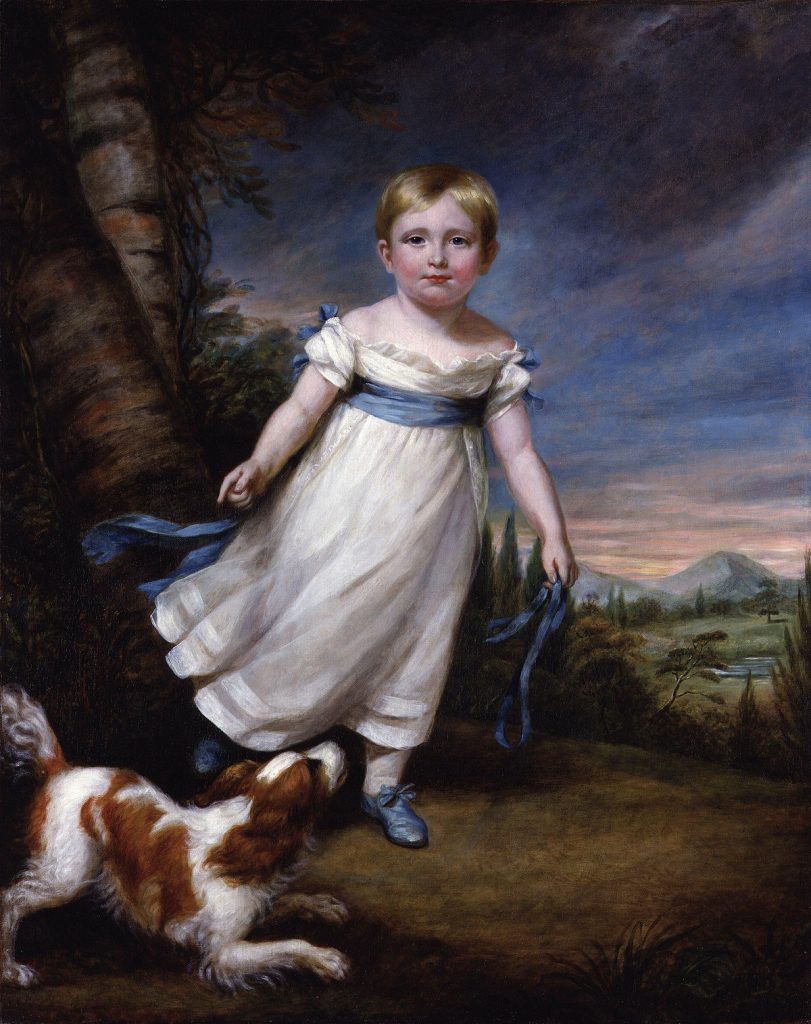
What we know about parenting and childhood means we can sympathise with Ruskin’s dreadful early life. Attachment theory is a well-established field of study. We know that childhood provides a template for all future relationships. From when he was born in 1819, Ruskin’s parents tended to his education obsessively, but their love was conditional. He wasn’t allowed either toys or playmates and had not a single friend. His fundamentalist mother forced him into an unnatural and lonely dependence which scarred him for life.
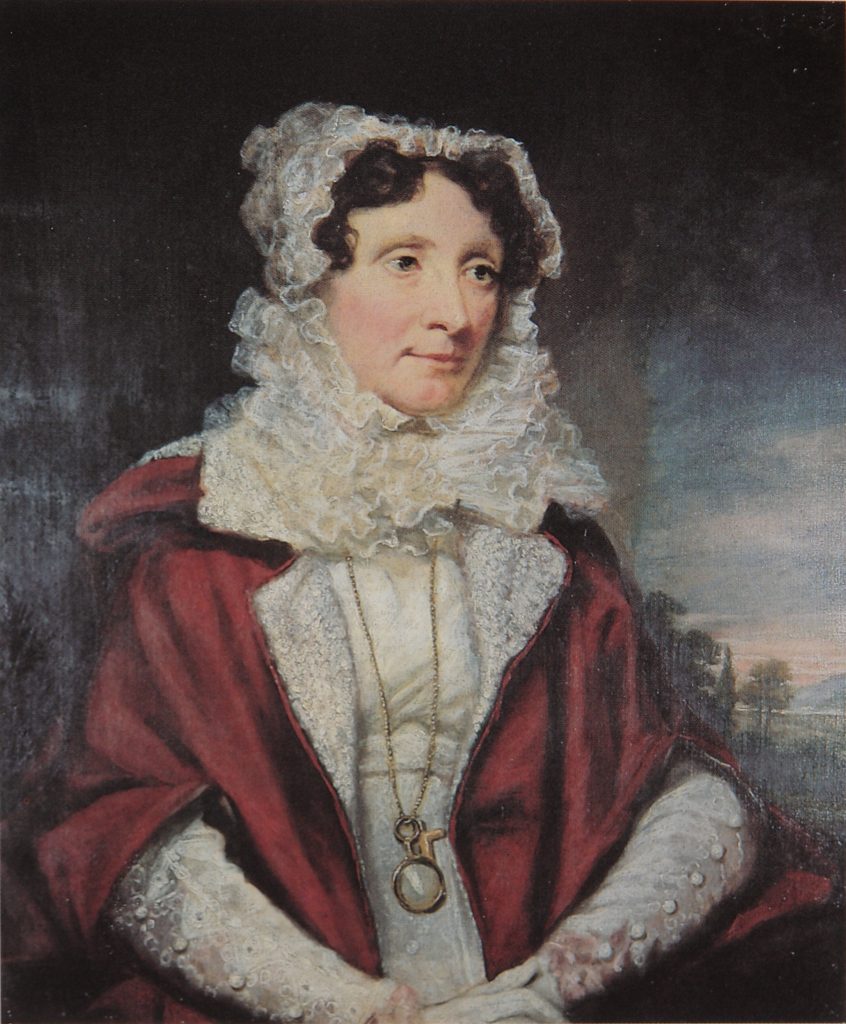
“‘I had nothing to love,‘ he noted tragically, ‘when affection did come, it came with violence utterly rampant and unmanageable, at least by me, who never before had anything to manage.’ Without a template for love, he was unable offer fraternal, parental, matrimonial or sexual love to anyone.”
John Dixon Hunt, A Wider Sea: A Life of John Ruskin, Viking Press, 1982.
And this trauma is perhaps what John Ruskin recognised in Rose La Touche. He was bound to his parents like a young child, completely unable to sever the ties. His mother even followed him to University! Rose was bound to parents who expected their daughter to become educated and intelligent yet to obey their every whim. Both John and Rose suffered irrevocable damage at the hands of their caretakers.
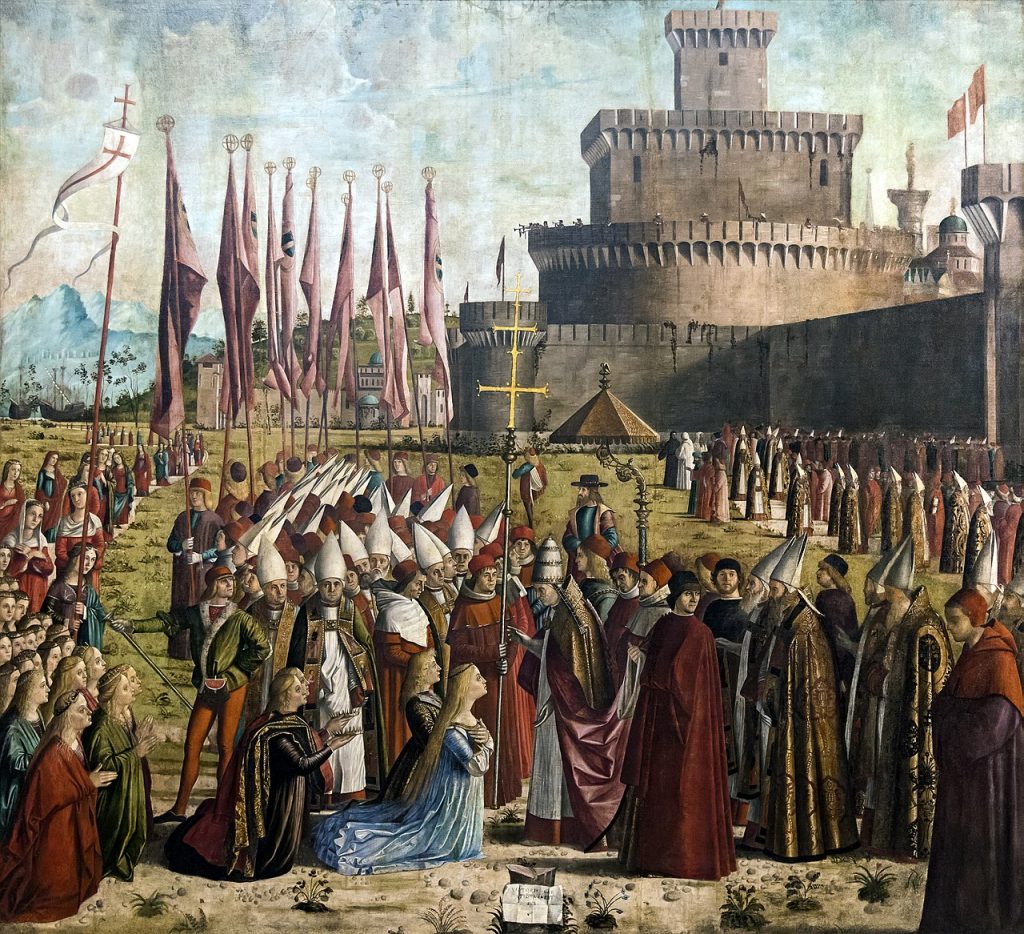
More than one biographer has branded John Ruskin a paedophile. (Tim Hilton, Wolfgang Kemp, Catherine Robeson to name just three). Lipkin does not take this line. And I am inclined to agree – the psychiatric profile of sexual predator does not fit Ruskin. But he is a predator nevertheless. His obsession with pre-pubescent girls is well documented – even by himself. He endows schools so he can visit the girls (even having special quarters set aside for his visits). He compulsively seeks out the form of the girlish body to study and admire. Under the guise of helping her develop her drawing skills he pleads with the illustrator Kate Greenaway to send him drawings of naked young girls, as evidenced in the gruesome note copied below this Kate Greenaway Pied Piper illustration:
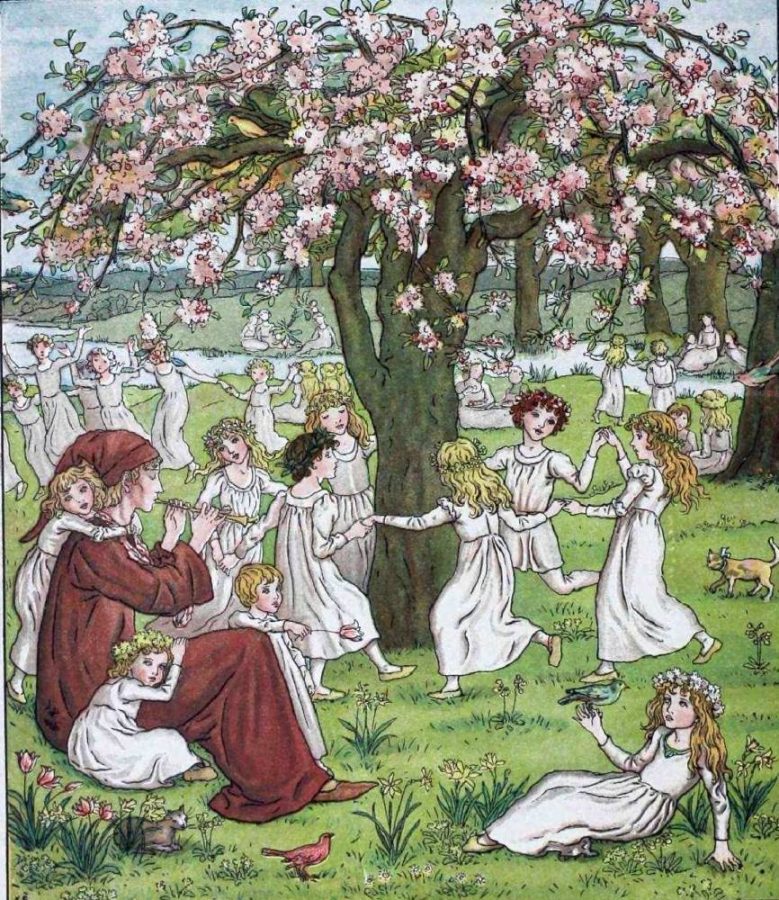
“As to those drawings of sylphs: since we’ve got so far as taking off hats, I trust we may in time get to taking off just a little more…Will you (it’s all for your own good!) make her stand up and then draw her for me without a cap – and, without her shoes, (because of the heels) and without her mittens, and without her frock and frills? And let me see exactly how tall she is – and – how – round. It will be so good of and for you. And to and for me.”
Alison Lurie, Don’t Tell The Grown-Ups, Little, Brown, London, 1998.
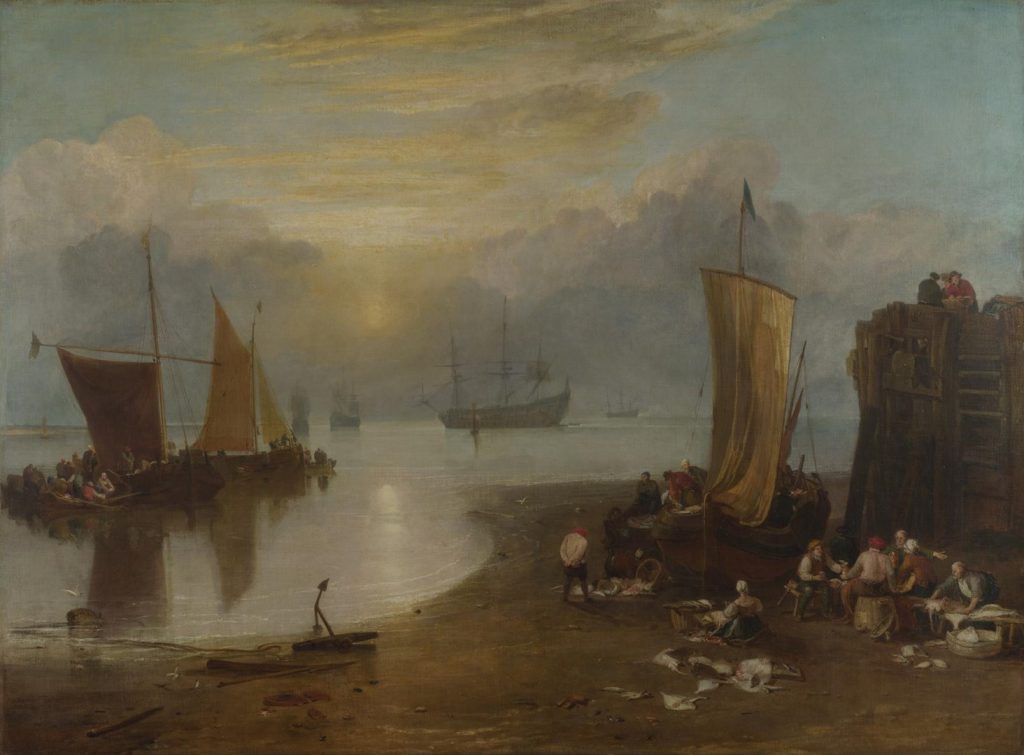
Lipkin ends her story after the death of Rose. But that was not the end for Ruskin. Although now a shadow of his former self, Ruskin simply cannot resist his impulses and after Rose La Touche comes Kathleen Olander. Visiting the National Gallery in 1887, Ruskin sees a student copying Turner’s Sun Rising through Vapour. Kathleen was eighteen years old, Ruskin was fifty years her senior. He sent her a letter about a gold chain he wanted to buy her:
“the finest and purest chain of Venice…i’m going to have it seven times round…rather tight for a necklace, to show what a perfectly chained and submissive child you are.”
John Ruskin, letter to Kathleen Olander. Lakestay.
Thankfully this fledgling relationship was heavily condemned by Kathleen’s parents, and it went no further as Ruskin spiralled into mental ill-health. He died in 1900.
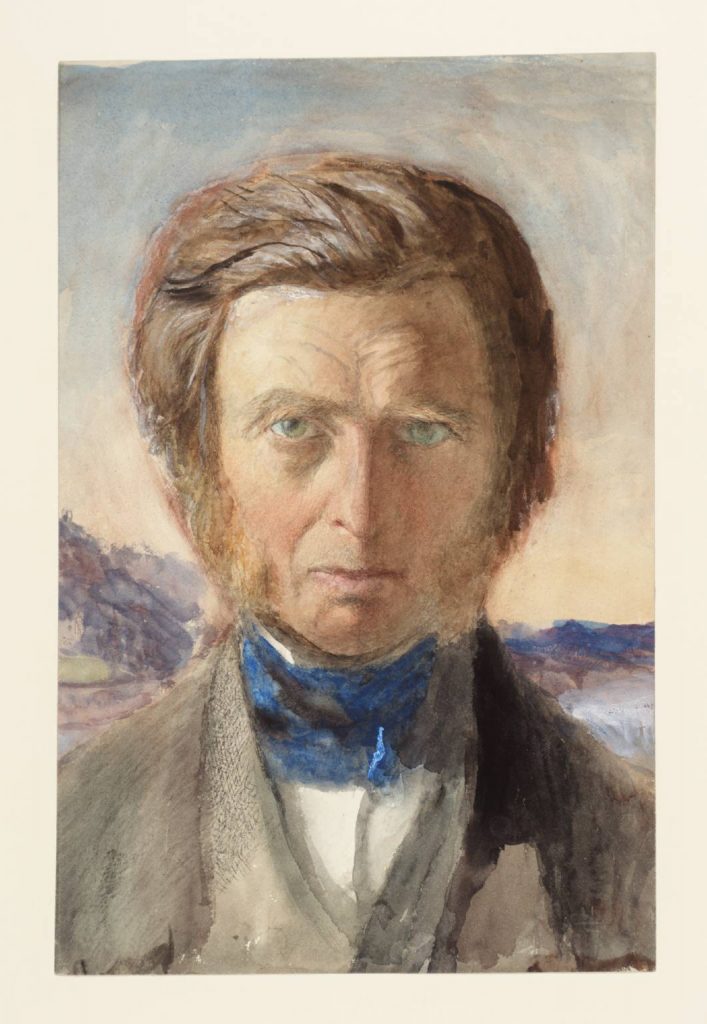
Rebecca Lipkin gives us a very clear vision of Ruskin’s world. England was facing a radical wave of change, and Ruskin was at the forefront of ideas that we take for granted today. His thoughts on environmentalism and nature connection were prescient, although much too early for his contemporaries, who were confounded by him.
Ruskin’s first major work, Modern Painters (1843-1860), sent shock-waves through art history, changing visual sensibility for an entire generation. His work Unto This Last (1860) marks his transition from critic of art to critic of society. Different works spoke to a dizzying range of audiences, his followers ranging through Marcel Proust, Mahatma Gandhi, Leo Tolstoy, William Morris, and Oscar Wilde.
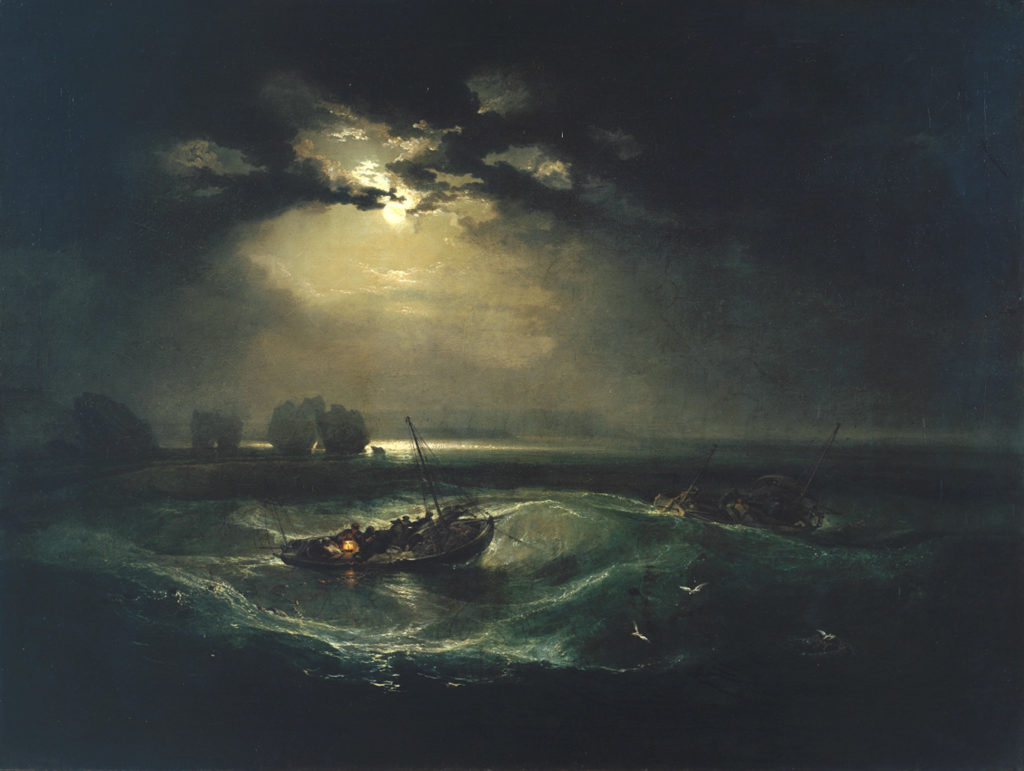
Well before anyone else was questioning the rapacious growth of industry, Ruskin said:
“Above all, a nation cannot exist as a money-making mob: it cannot with impunity go on despising literature, despising science, despising art, despising nature, despising compassion, and concentrating its soul on Pence.”
John Ruskin, Sesame and Lilies. Lecture II.—Lilies: Of Queens’ Gardens, 1865. Bartleby.
And whilst being an old-fashioned patriarch, he was also often a lone voice in calling for the education of girls:
“Let a girl’s education be as serious as a boy’s. You bring up your girls as if they were meant for sideboard ornaments, and then complain of their frivolity.”
John Ruskin, Sesame and Lilies. Lecture II.—Lilies: Of Queens’ Gardens, 1865. Bartleby.
So far, so complicated! Callous, bombastic and selfish, Ruskin was certainly a monster. However, he was also one of the most remarkable men of Victorian England, his fierce intellect applied to the worlds of art, architecture, culture, and politics with insight and sometimes even pure genius.
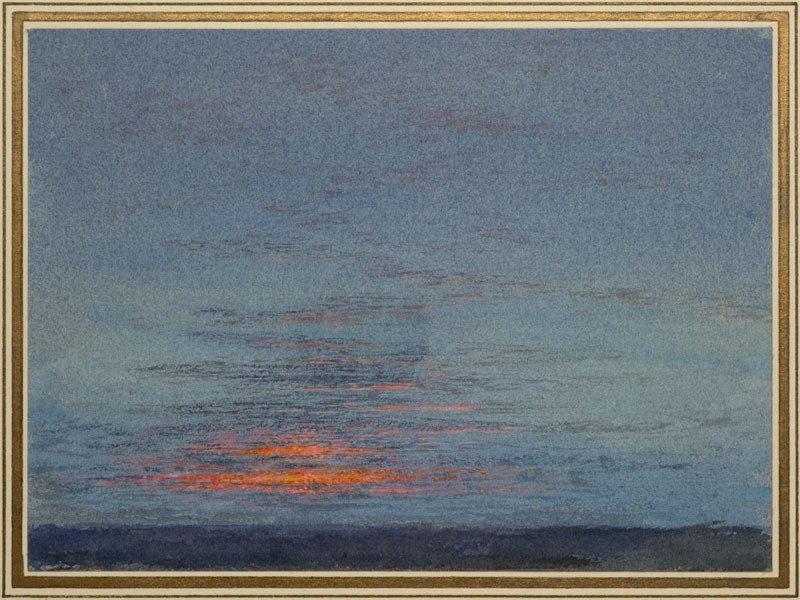
Genius is rarely tidy, and rarely easy, and Lipkin acknowledges this. But I wish she had been able to cast a more critical eye on the man, without that distorting veil of romance and friendship she pulls over his abhorrent behaviours towards children.
This isn’t just a Ruskin problem of course. Writer and critic Roxane Gay states: “We cannot worship at the altar of creative genius while ignoring the price all too often paid for that genius”. (Marie Claire, February 2018). So what do we do? Hide the truth? Censor the artist? Would either satisfy the public? We must reflect upon those found wanting, and judge them accordingly. We must contextualise work in light of what we find out. Educate ourselves and others. And honour the lives of so many women and children, lost, intimidated, traumatised and manipulated in the name of great men and their legacies.
“Great nations write their autobiographies in three manuscripts: the book of their deeds, the book of their words and the book of their art.”
John Ruskin, St. Mark’s Rest: The History of Venice, 1885. Bartleby.
Although Mr Ruskin’s words and art were astonishing, his deeds in this novel are not those of a great man.
To explore the world of Ruskin more, see these resources: the Ruskin Library, at Lancaster University, The Brantwood Trust, and the Ruskin Museum.
DailyArt Magazine needs your support. Every contribution, however big or small, is very valuable for our future. Thanks to it, we will be able to sustain and grow the Magazine. Thank you for your help!